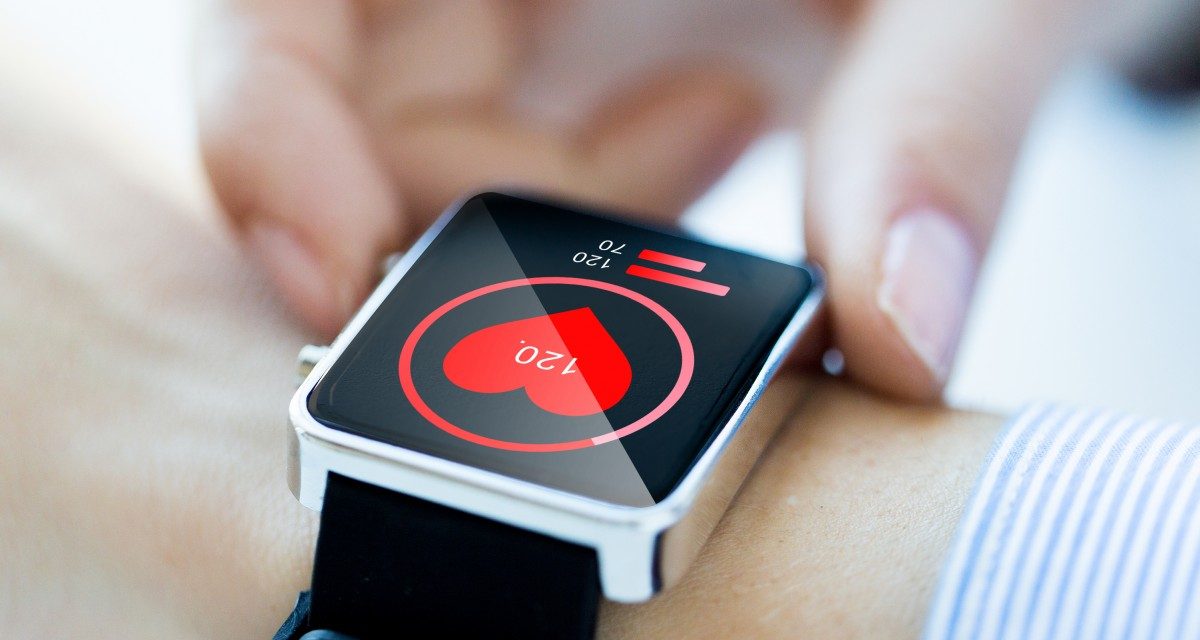Wearable sensors in healthcare

By J.D. DiGiacomandrea, Ultralife Corporation
By 2050, there will be around 83.7 million senior citizens in the United States, increasing rapidly from 49.2 million in 2016. The ageing population across the western world is no surprise to anyone in the healthcare profession, but medical technology (MedTech) has to adapt to meet these changing needs. This article looks at how to support the development of wearables with new battery technology.
A recent article by academics from the University of Hamilton, Canada, says that the ageing population will cause a “significant impact on the socio-economic structure of society in terms of social welfare and healthcare needs. Therefore, it is an utmost necessity to develop and implement new strategies and technologies in order to provide better health care services”.
When developing new technologies to better care for the ageing population, many MedTech companies are also following the industrial trend of the Internet of Things, with a multitude of connected devices feeding information back to a central point. Wearable devices and sensors are seen as a way to keep a constant monitor on vitals, in a hospital and outside of a healthcare environment.
In a hospital, doctors can use wearables that measure vitals, without the patient being restricted to a bed, but can also use items such as the SensiVest. This vest is used to prevent recurrent heart failure by measuring the level of fluid in a patient’s lungs and sends the information to a doctor’s computer, allowing the doctor to change the medication if the level of fluid raises.
One example of how wearables are used outside of a hospital environment is created by Kenzen, manufacturers of a wearable smart patch that analyses the electrolytes, metabolites, small molecules and proteins in sweat. These can then indicate through a smartphone app if the body’s glucose levels are too high or if someone is dehydrated.
If wearables are used in either a life-critical device or a device simply to measure everyday health indicators, it is still essential that the device is powered by a reliable battery, despite requiring a small component. This is where thin cell batteries come in.
The Thin Cell range, as manufactured by Ultralife, has cells as thin as 0.4mm, which are packaged in a pouch cell format. The high energy Lithium Manganese Dioxide chemistry means that the battery has a high energy density for its size, denoting manufacturers do not need to increase the size of the wearable device to fit a long-lasting battery.
As thin cell batteries can be manufactured as thin as 0.4mm, they reduce the size of the components going into the wearable device. If a wearable device is worn around the clock by someone on the go or by a patient in a hospital bed, it should not be obtrusive. While the thin cell battery is not a conformal battery, its form encourages a much more ergonomic design to a wearable device.
When manufacturing wearable devices for the changing healthcare market, it’s vital that manufacturers consider how to power the device, to ensure that it is long lasting and suitable for the needs of the end user.
If the quality of the battery is not considered by the manufacturer, it could fail at a critical point and fail to collect essential data. Ultralife manufactures Thin Cells to the same quality standard as their “failure is not an option” military batteries. Ultralife has been a top-quality supplier of military batteries for over 25 years.
For MedTech to meet the challenges of the ageing population, design engineers must consider the minute detail of every one of their components. Otherwise, wearable products and other new MedTech offerings may exist, but they may not be fit for purpose.













